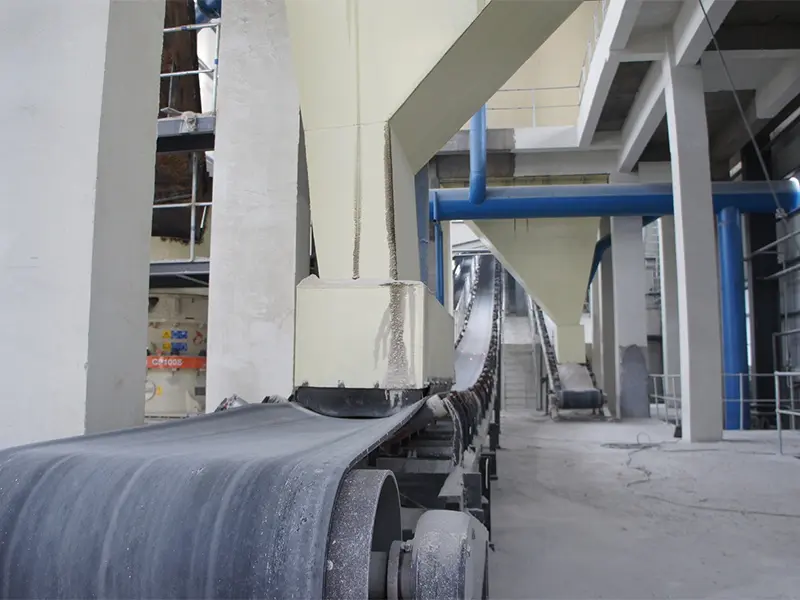What Is a Belt Feeder and How Does It Work in Mining Operations?
2025-04-25
When it comes to mining and bulk material handling, belt feeders play a vital role in ensuring consistent and controlled material flow. Designed to handle high-pressure feeding environments, a belt feeder is more than just a simple conveyor—it’s a key component in creating an efficient, automated production line.
What Is a Belt Feeder?
A belt feeder is a specialized type of mining feeder designed to withstand greater mechanical pressure than standard feeders. It supports the controlled flow of materials—such as ore—into the next stage of the process, playing a crucial role in maintaining system balance and efficiency.
How Does It Work?
Material is loaded onto the belt feeder’s surface through an ore feeding funnel. Once powered, the AC speed-regulating motor drives the belt slowly forward. This slow and steady movement delivers material continuously to the next process stage, avoiding surges and ensuring smooth operation.
Flexible Configuration for Complex Operations
One of the belt feeder’s key advantages is its versatility. Depending on your production requirements, it can be used in different ways:
· As a single unit for simple material transport
· As part of a multi-unit system for greater capacity
· Integrated into horizontal or inclined setups alongside other conveying equipment
This flexibility makes belt feeders an ideal choice for various industrial applications, especially in complex mining operation lines.
Why Choose a Belt Feeder?
· High Load Tolerance: Built to perform under high-pressure environments
· Precision Control: Steady, controlled feeding helps reduce wear on downstream equipment
· Versatile System Integration: Compatible with various conveying setups
· Low Maintenance: Designed for durability and long-term use in harsh environments
Whether used in open-pit mines or underground facilities, belt feeders offer a reliable solution for continuous, pressure-tolerant feeding. Their smooth operation and adaptability make them indispensable in modern mining operations, ensuring consistent performance and optimized material flow.



